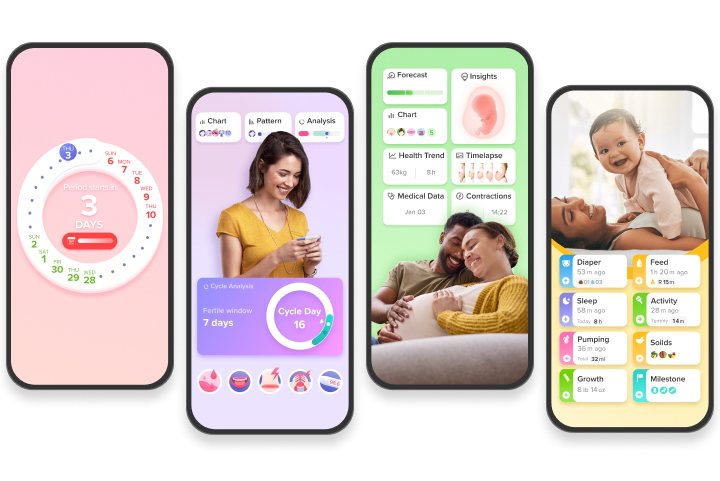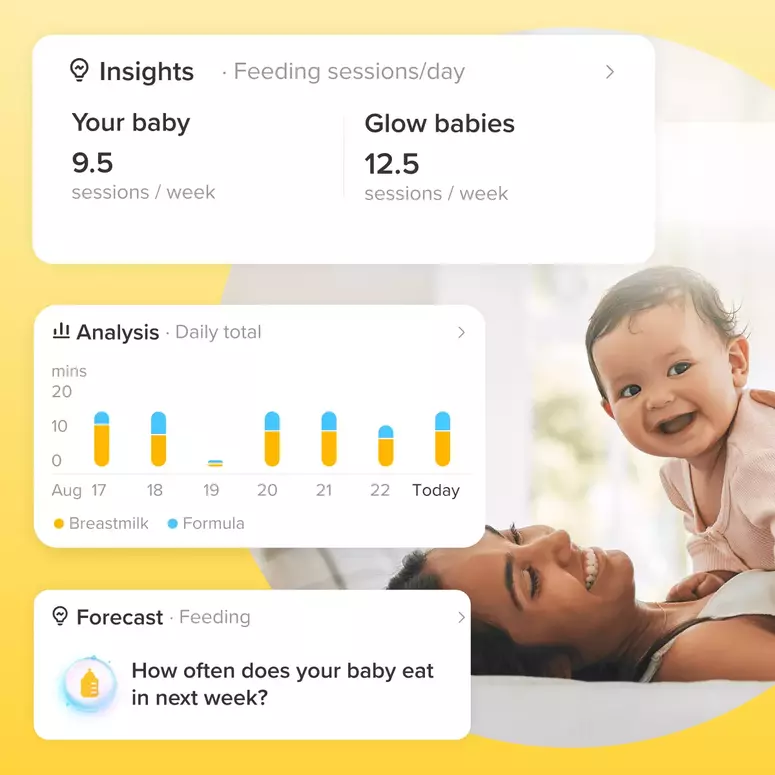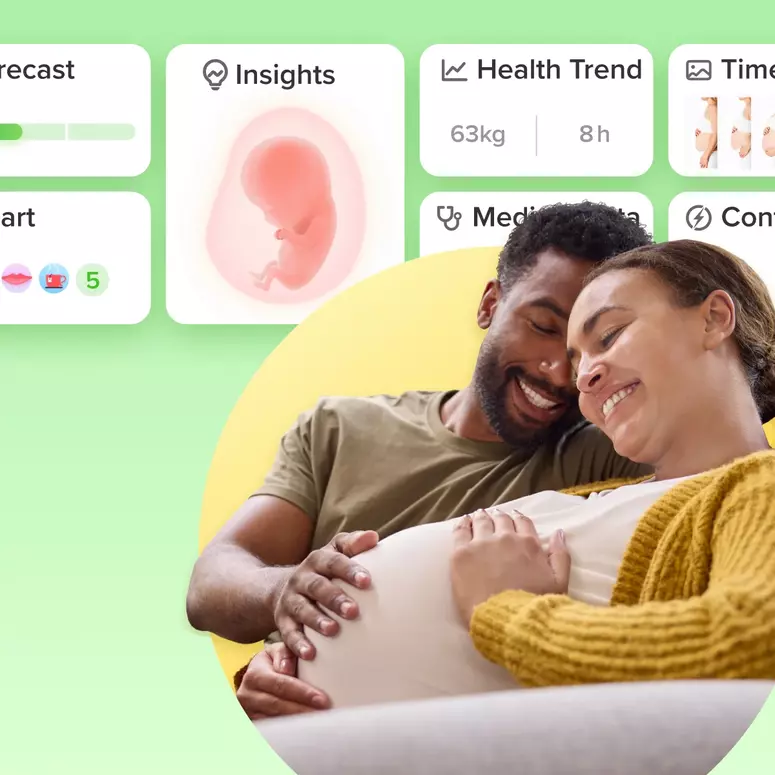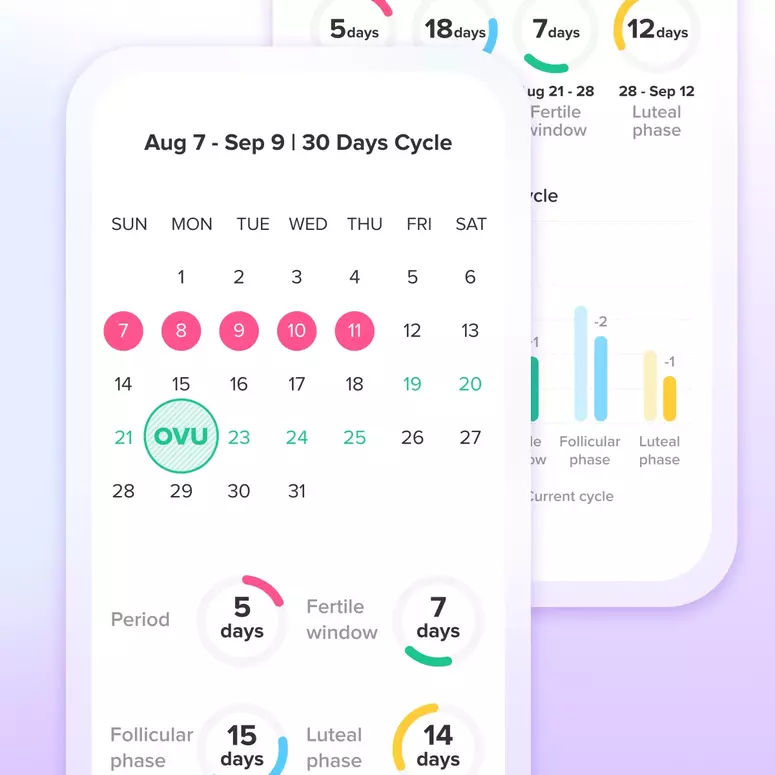Embryo transfer
Embryo transfer is the fourth and final step of in vitro fertilization (IVF). It involves placing fertilized eggs back in the uterus in hopes of initiating pregnancy.
The IVF process is as follows: eggs are stimulated to develop; the eggs are retrieved; the eggs are fertilized in a lab; and then, finally, fertilized embryo transfer back to the uterus takes place.
Embryo transfer is a procedure in which the fertilized eggs are placed back in the woman's uterus in hopes of initiating pregnancy.
How is the embryo transferred?
Recall that in IVF, eggs are stimulated to develop, retrieved from the woman's body, fertilized with sperm in a lab, and finally the embryo is transferred to the uterus. Depending on the patient’s age and profile, one to four embryos will be transferred into the woman’s uterus after 1–6 days of incubating in a lab to ensure that fertilization is complete.
The embryo transfer procedure itself involves the following:
A very thin, flexible, plastic catheter is inserted into the vagina, through the cervix, and into the uterus.
A syringe attached to the catheter injects the embryo(s) into the uterus.
An ultrasound may be used to guide the catheter into the uterus, and a sedative may be given to the patient to relieve discomfort.
After the procedure, the patient remains in the recovery room resting on her back for 4–6 hours. After that, she can resume normal activity.
What happens to the embryo?
Once in the body, the embryo should implant into the uterine wall (endometrium). This typically happens 1–5 days after the procedure.
If the embryo successfully implants, it will release a chemical called beta-Hcg into the body 1–2 weeks after the procedure. A pregnancy test can confirm whether or not pregnancy has been achieved. Also known as the two-week wait, this can seem like the longest phase of IVF!
Let's Glow!
Achieve your health goals from period to parenting.




